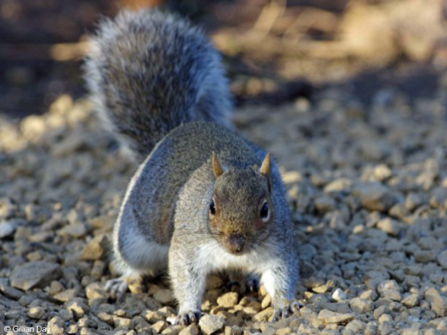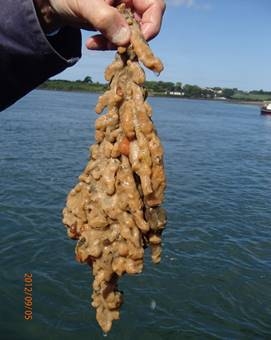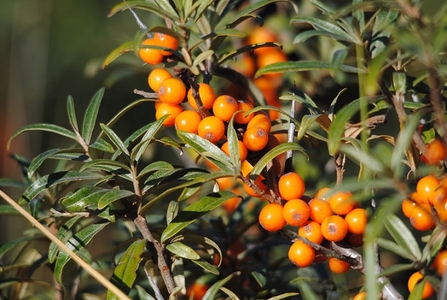Grey Squirrels
The red squirrel is one of our most iconic and much-loved native mammals. Unfortunately, red squirrel populations are threatened across the UK and Ireland by habitat loss and the presence of the invasive grey squirrel.
In Ireland the grey squirrel was originally introduced in 1911 in Co. Longford from North America. Since then it has spread throughout the island of Ireland having a devastating impact on our red squirrel populations. The grey squirrel is a threat to red squirrel populations due to competition and its ability to take advantage of food resources the red squirrels cannot. This means the red squirrel is driven out of these habitats in search for resources elsewhere. The grey squirrel can carry the Squirrelpox virus which is infectious to red squirrels causing lesions and eventually leading to a slow death from starvation. This virus can kill a red squirrel within two weeks. Red squirrels are starting to recover in Northern Ireland thanks to vital conservation work being carried out across the country.
Ulster Wildlife is developing a Red Squirrel Conservation Strategy which will help red squirrels to continue to recover in Northern Ireland and beyond. ~Katy Bell, Senior Conservation Officer




